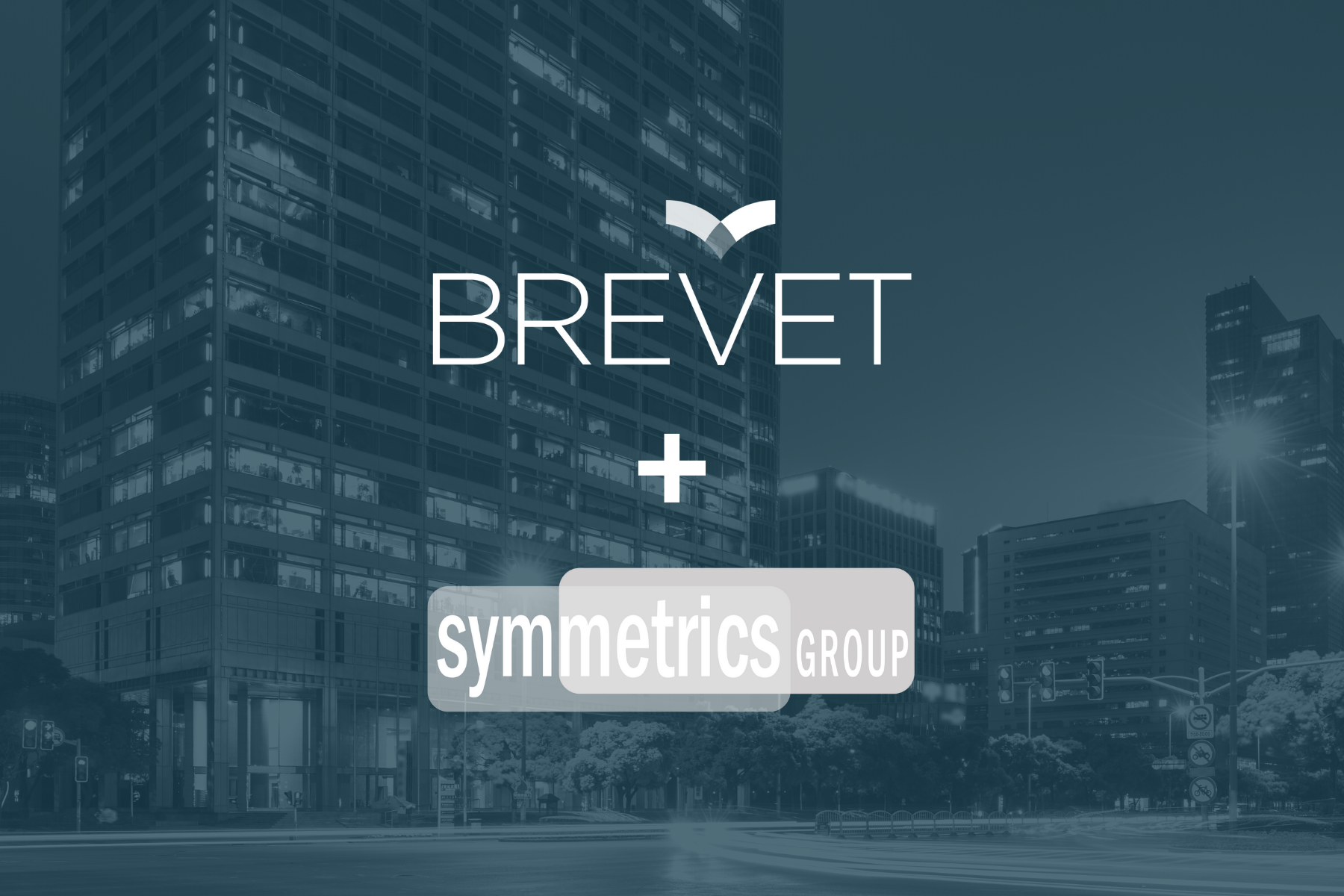The day after Labor Day I had a conversation with a sales enablement leader. She was heading to Dreamforce soon and had set up a month’s worth of meetings for that one week.
“I’m like a kid in a candy store,” she told me. “There’re so many great new programs and tools. I’m trying to include as many as I can in my 2019 budget.”
But when I asked how they all fit together, she paused. Separately, every idea promised to boost sales productivity. But without a holistic plan, she was really just cobbling together a long list of one-offs.
I also realized she hadn’t created the right internal positioning for sales enablement. Her stakeholders weren’t aligned with the enablement mission. The odds were against her. I knew this leader would never gain the budget to fund her wish list.
Investments in enablement will improve sales performance. But without a comprehensive approach, most sales enablement plans won’t see the light of day. Success in 2019 for sales enablement teams means starting the planning process now. Most teams are already behind.
As we enter the heart of budget planning season, too many sales enablement leaders are distracted. They’re fighting the daily fires. Too reactionary. Bombarded with demands from everyone from the C-suite to the field. A large number of these leaders also lack internal political savvy. They can’t effectively navigate today’s challenging budget battles.
Setting priorities, getting leadership on board, and gaining resource commitments must begin today. This is the time for sales enablement teams to rise above the daily tasks and to be strategic. And they need to proactively and nimbly engage stakeholders across the organization. Every good seller understands the enormous amount of planning that goes into winning big deals. In the same way, gaining budget and leadership buy-in requires a smart and thoughtful internal sales strategy.
To my sales enablement friend, I offered the following advice about planning and positioning for her 2019 requests:
1. Connect to the corporate strategy. What is the organization trying to accomplish? How are senior leaders measuring success? Look beyond that list of 50 things every sales person must complete every day. What goals are the top executives setting for themselves and the organization? What are the one or two actions that sales must do to support those objectives in 2019? How can sales enablement position themselves as a critical driver to those actions?
2. Tell the story well. Yes, there may be some template that finance pushes out to collect budget requests. But sales and sales enablement leaders must go beyond a template in telling their story. How can you bring to life the needs and benefits of your plans? Sellers can’t win deals by promoting product features. The very best use benefits language, tailored to each influencer. They reframe and decompose issues to align with their solution. The strategies deployed in the complex selling situations are the same ones needed in your internal budgeting process.
3. Set clear measures. Know what good looks like and how you can use data to demonstrate the success of your programs (or where you need to improve). How will your 2019 programs make an impact on the field? On what meaningful KPIs are your actions focused? Are you aiming to influence behavioral, leading, or lagging indicators? Is there line-of-sight between your activities and the metrics that really matter? Hint: Field adoption rates or rep login counts are not the metrics senior leaders care about.
The answers to these questions begin with a solid understanding where you are in your sales enablement journey. In other words, what is the maturity of your enablement function? There's been a lot of rhetoric lately around the definition of enablement. As that definition continues to crystallize, we still see wide differences in what people consider 'sales enablement'. In many ways, every sales enablement leader is starting at a different place. Acknowledge this reality and build a logical plan that advances you to the next step in your journey.
It’s a tall order. To get this done, and done well, my friend has to have address these questions and craft a strong narrative. She has to design a plan for the whole forest before she selects any specific tree – those exciting products, tool, and solutions she’ll see at Dreamforce.
What do you want to focus on in 2019? How does that fit within your sales enablement maturity trajectory? How does it connect to the sales strategy, and what data is needed to measure these initiatives? Now is the time to sharpen your answer to these questions.
Contact us today to help maximize your 2019 sales enablement budget. We’re happy to share additional best practices to improve your effectiveness next year.
About The Author
 Researcher, consultant, and sales leader, Brian uses a data-driven approach to drive sales effectiveness. His clients include leading sales organizations in financial services, technology, healthcare, and professional services. Using insight from academics and change management, Brian helps senior leaders and sales enablement teams understand and succeed in today’s more demanding market. His research has been published in Harvard Business Review and other outlets.
Researcher, consultant, and sales leader, Brian uses a data-driven approach to drive sales effectiveness. His clients include leading sales organizations in financial services, technology, healthcare, and professional services. Using insight from academics and change management, Brian helps senior leaders and sales enablement teams understand and succeed in today’s more demanding market. His research has been published in Harvard Business Review and other outlets.


.jpg)
